Saving Private Ryan is a 1998 American epic war movie directed by Steven Spielberg and written by Robert Rodat. The movie is set during the Invasion of Normandy in World War II, and is notable for its graphic portrayal of war. It’s best known for the intensity of its opening 27 minutes, which includes a depiction of the Omaha Beach assault during the Normandy landings. Take a look below for 30 more interesting and fascinating facts about Saving Private Ryan.
1. Saving Private Ryan received widespread critical acclaim, winning several awards for film, cast and crew, as well as earning significant returns at the box office.
2. The movie grossed $216.8 million domestically, making it the highest-grossing movie of 1998 in the United States, and $481.8 million worldwide, making it the second-highest grossing movie of 1998 worldwide.
3. The movie was nominated for 11 Academy Awards, including Best Picture. Steven Spielberg’s direction won his second Academy Award for Best Director, with four more awards going to the movie.
4. In 2014, the movie was selected for preservation in the National Film Registry by the Library of Congress, being deemed, “culturally, historically, or aesthetically significant.”
5. In the German-dubbed version of Saving Private Ryan, one of the actors, who was a German veteran of the Normandy invasion, dropped out and had to be replaced due to the emotional realism of the movie.
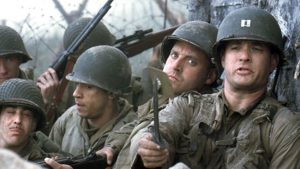
6. Tom Sizemore was battling a drug addiction during production. Steven Spielberg gave him an ultimatum that he would be blood tested on the set every day of filming, and if he failed the test once, he would be fired and the part of Horvath would be recast and re-shot with someone else, even if it was at the end of production.
7. Steven Spielberg cast Matt Damon as Private Ryan because he wanted an unknown actor with an All-American look. He didn’t know that Damon would win an Oscar for Good Will Hunting and become an overnight star before the movie was released.
8. The Omaha Beach scene cost $11 million to shoot, and involved up to 1,000 extras, some of whom were members of the Irish Army Reserve. Of those extras, 20 to 30 of them were amputees, issued with prosthetic limbs, to stimulate soldiers having their limbs blown off.
9. When Tom Hanks‘ character tells the rest of the unit what he does for a living back home, Hanks’ speech was much longer in the original script. However, Hanks felt that his character wouldn’t have said so much about himself, and he told director Steven Spielberg so. Spielberg agreed, and the speech was shortened.
10. When the camera shakes during explosions, Steven Spielberg used drills attached to the side of the camera, which were turned on when required. While shooting with this effect, the crew’s photographer let Spielberg know that there was a shake lens for cameras. Spielberg said in an interview that he had thought he had invented a grew new technique.
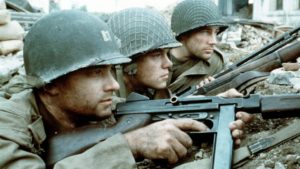
11. All the principal actors, except Matt Damon, underwent several days of grueling army training. Damon was spared so that the other actors would resent him and would convey that feeling in their performances.
12. Steven Spielberg is on record as saying that even if the movie had received an NC-17 rating, he would have released it uncut anyway.
13. Gunfire sound effects heard in the movie were recorded from actual gunfire with live ammunition fired from authentic period weapons, recorded at a live fire machine gun range near Atlanta, Georgia. the range is owned by a weapons manufacturer.
14. In 2006, Tom Hanks was inducted into the U.S. Army’s Ranger Hall of Fame as an honorary member, largely thanks to his portrayal of Captain John Miller.
15. Cinemas were instructed to up the volume when they showed the movie, as the sound effects played such as crucial part in its overall effect.
16. Saving Private Ryan is the last movie edited on a non-digital editing system to win an Academy Award for editing.
17. The Department of Veterans Affairs set up a special 800 number to help the hundreds of former soldiers who were traumatized after seeing the movie.
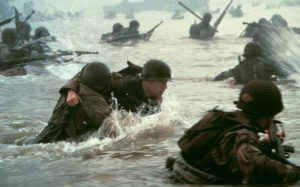
18. Steven Spielberg personally held and operated the camera for many shots during the Omaha Beach battle.
19. The Omaha Beach battle was filmed in sequence over a four-week period, moving the action up the beach shot by shot and day by day. Steven Spielberg claims that none of it was storyboarded in advance.
20. Two of the landing craft used in the Omaha Beach scenes were actually in use in World War II.
21. Military historian and author Stephen Ambrose, at a special screening of the movie for him, had to ask for the screening to be halted 20 minutes in, as he couldn’t handle the intensity of the opening. After composing himself outside for a few minutes, he was able to return to the screening room and watch the movie to its conclusion.
22. Vin Diesel was paid $100,000 for the role of Caparzo, when he was still a little known actor.
23. For the initial battle scenes in the sea, spare ammunition carried by the actors was made from wood, as metal was too heavy to carry.
24. Mel Gibson and Harrison Ford were both considered for the role of Captain John Miller, before Steven Spielberg decided on casting Tom Hanks.
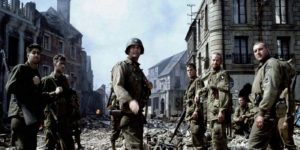
25. 40 barrels of fake blood were used in the opening battle scene.
26. Steven Spielberg requested that no one gain admittance to the movie once it had already begun.
27. Aside from all the intensive exercises, the actors’ boot camp involved camping in soaking wet conditions, only being allowed to call each other by their characters’ names and boot camp supervisor Dale Dye referring to them all as “turds.”
28. Billy Bob Thornton turned down the role of Sergeant Horvath, because he didn’t want to film the Normandy Beach scenes, due to a phobia of water.
29. Saving Private Ryan was banned in Malaysia, as Steven Spielberg refused to cut out the violent scenes.
30. The beach in which the Omaha scene is shot is in the south of Ireland, called Curracloe.

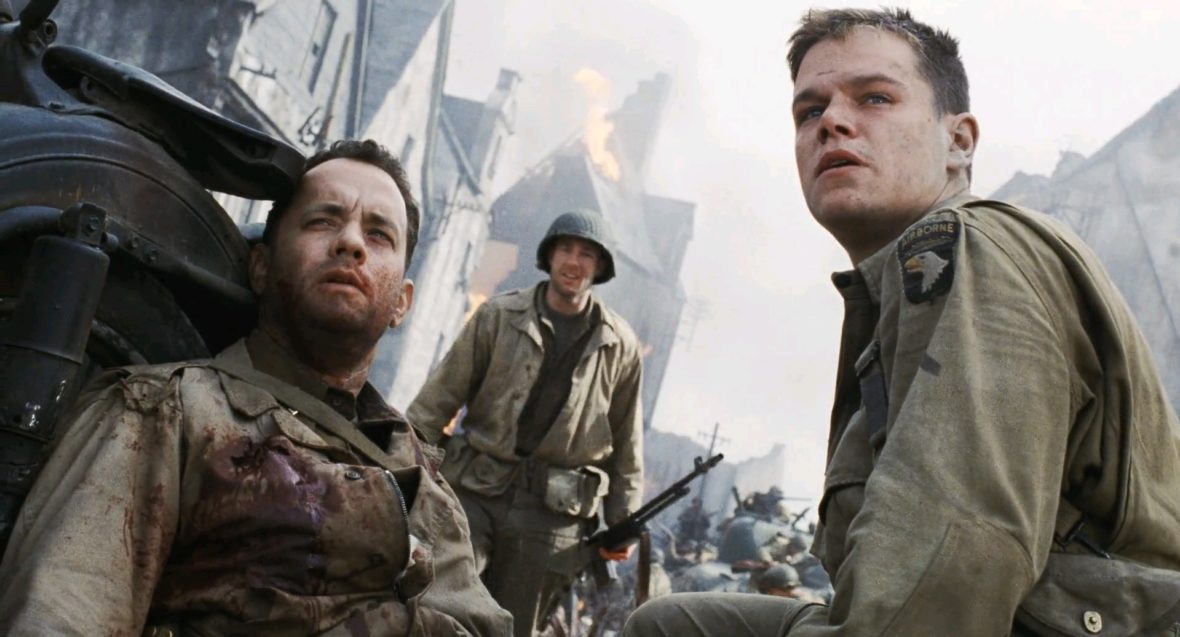
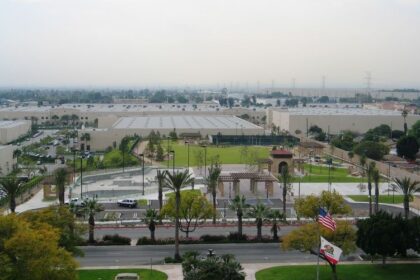
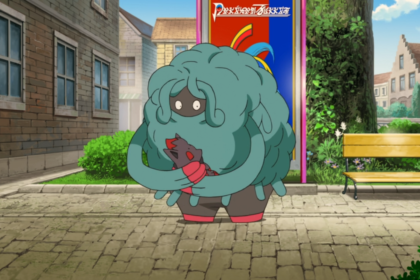
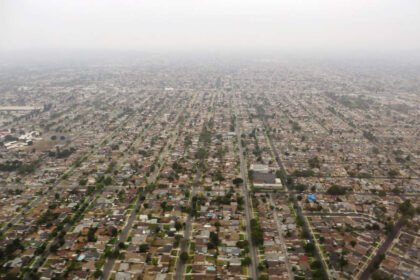
One Comment
Pingback:
April 4, 2018 at 11:32 am